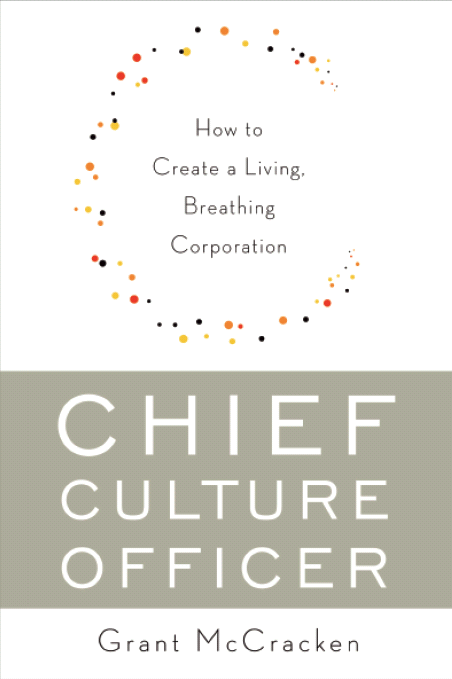Watching for the future feels optional.
Watching for disruption, that’s more urgent.
One way to look for disruption is to watch our color palette.
Cause color is culture. And that means it can tell us that culture is changing.
I was reminded of this when I went to an artisanal fair in Hudson, New York. Everyone around me was dressed in autumnal hues. I had turned out in a bright yellow that can only be called nautical. (I wear this coat not because I sail, but because I am very much hoping I will not get run over when walking at night.)
Autumnal colors, good. Nautical yellow, bad. Color matters because color is culture. (Thank you, Peter Spear, for your patience with a tone-deaf visitor.)
So last night, watching TV, I couldn’t help notice this new ad for Cadillac. Notice the riotous use of color.
This struck me especially because Cadillac recently used a very different palette, showing new models drifting through the moody, monochromatic, streets of Soho. Very quiet, very hip, very dialed down.
So what gives with all the colors? No, I’m asking. What gives? Is this an indication of a change in culture? Is this the future whispering in our ear?
But of course, this could well be an eccentric choice on the part of the brand or the agency. That’s always possible. But let’s assume that the people at the brand and the agency is listening to culture as hard as we are…and possibly, just possibly, they think they’ve heard something, they’ve spotted a future, they have seen a disruption in the works.
As I was suggesting in the last post (How to read a t-shirt) we cannot follow everything happening “out there” in culture. We have to rely on other listeners. We have to divide the labor of our disruption watch.
The question now: Are big, extravagant colors coming? And does this suggest something in culture that might be big and extravagant too? Is the new prosperity going to change our palette, our messaging, and the messages that matter in brand building? Is the economy going to drive culture in new directions?
No, I’m asking. Is it?
Postscript.
You know who might have an answer to these questions is Ingrid Fetell Lee who, as it happens, has just published a book called The Aesthetics of Joy. For more details, see Ingrid’s website here.
Peter Spear has a great newsletter called That Business of Meaning. I think you can subscribe here. Otherwise visit Peter’s website here.
 Elizabeth Segran has a nice essay in Fast Company:
Elizabeth Segran has a nice essay in Fast Company:  What to do? How could luxury brands have prepared themselves for this cultural disruption? At the risk of repeating myself, the single simplest strategy is to hire a Chief Culture Officer. For instructions, read
What to do? How could luxury brands have prepared themselves for this cultural disruption? At the risk of repeating myself, the single simplest strategy is to hire a Chief Culture Officer. For instructions, read 











